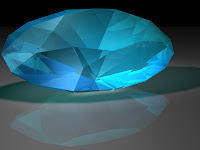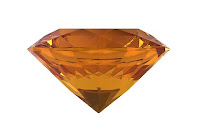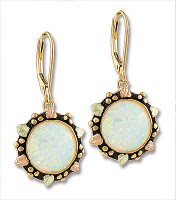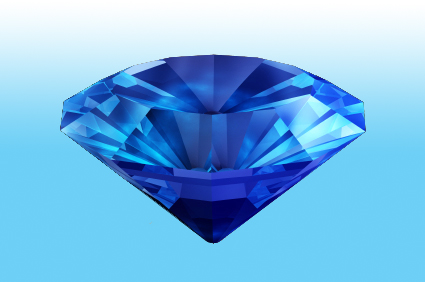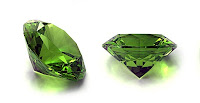HISTORY OF BLUE ZIRCON
Though it is generally accepted that the custom of birthstones originated from the Breastplate of Aaron, a religious article which held twelve gemstones representing the twelve tribes of Israel, over the years different cultures have interpreted the instructions for fabricating the breastplate differently resulting in a variety of birthstone lists. And though it is also probable that these stones were assigned according to astrological sign, in recent times it has become popular to appoint the variety of birthstones to the months of the year. The month of December, the final month of the year, is certainly no different in this respect and has a number of possibilities.
The modern birthstones for December have been Turquoise or Tanzanite, but in recent years Blue Continue reading
